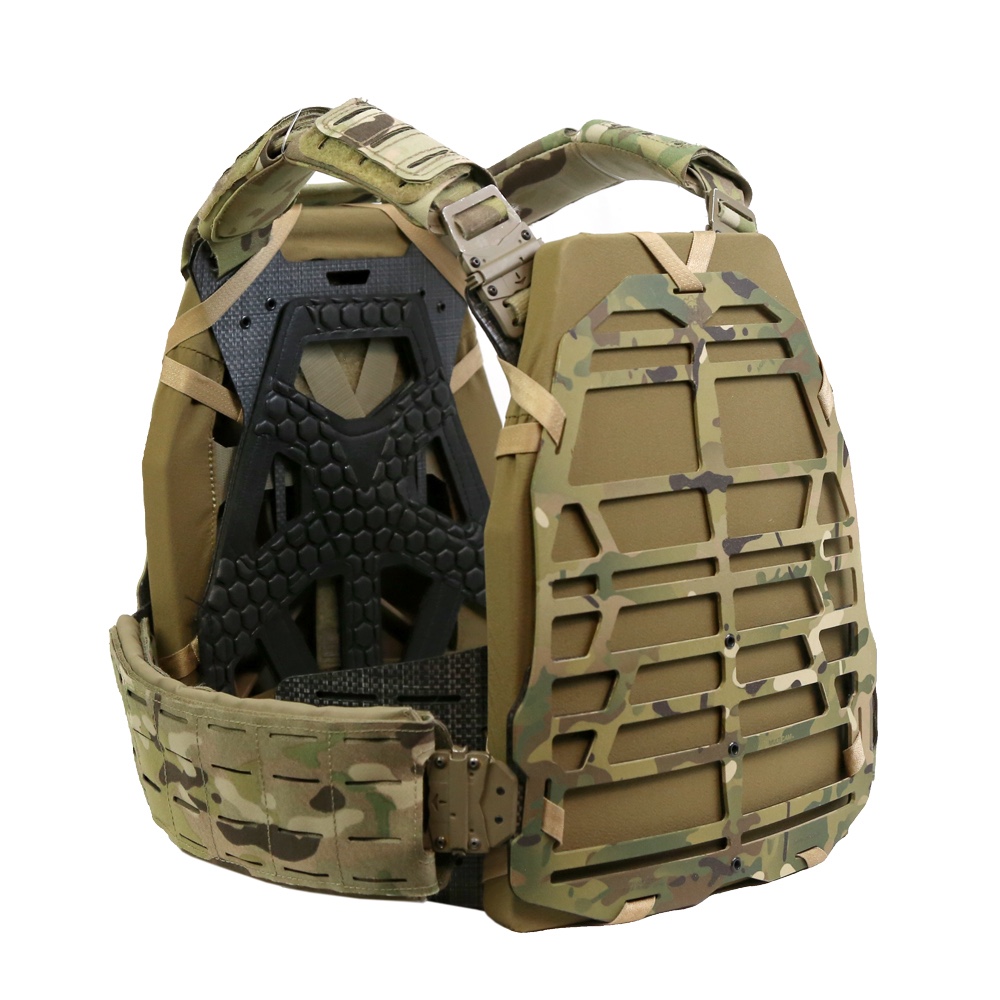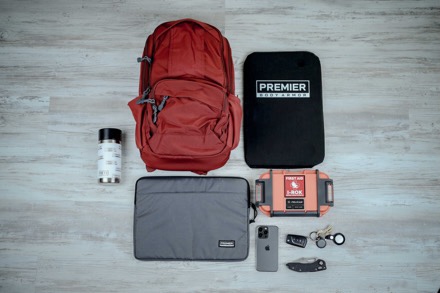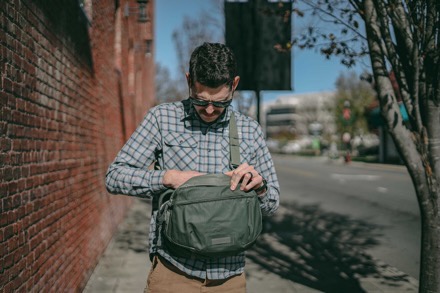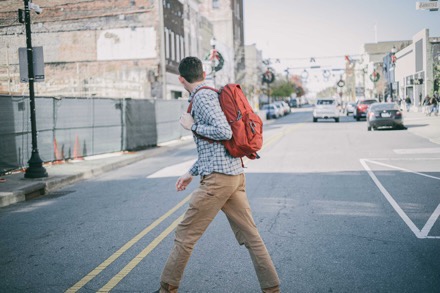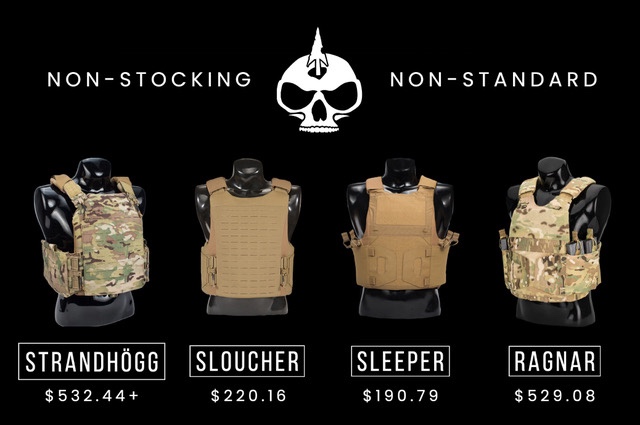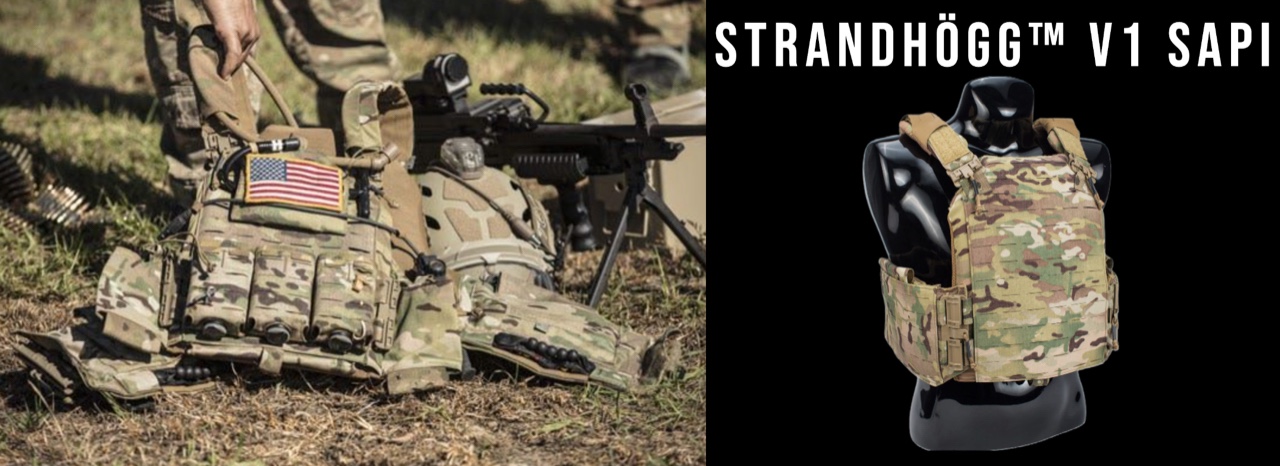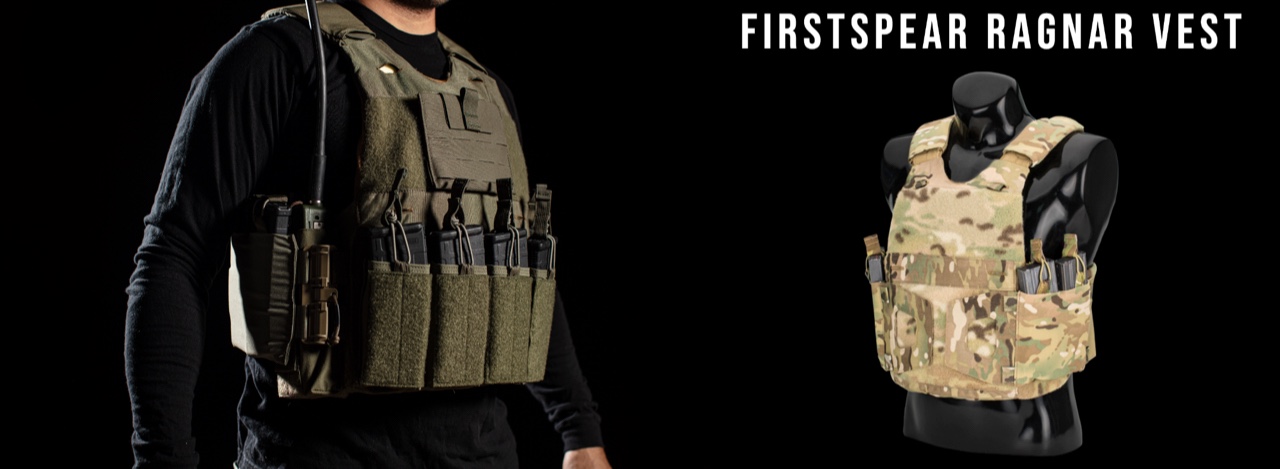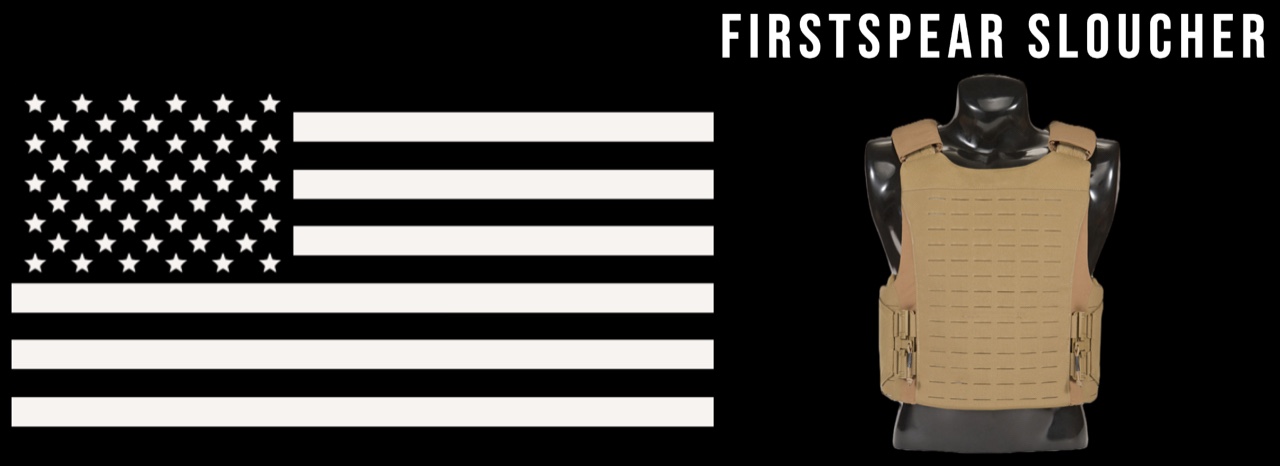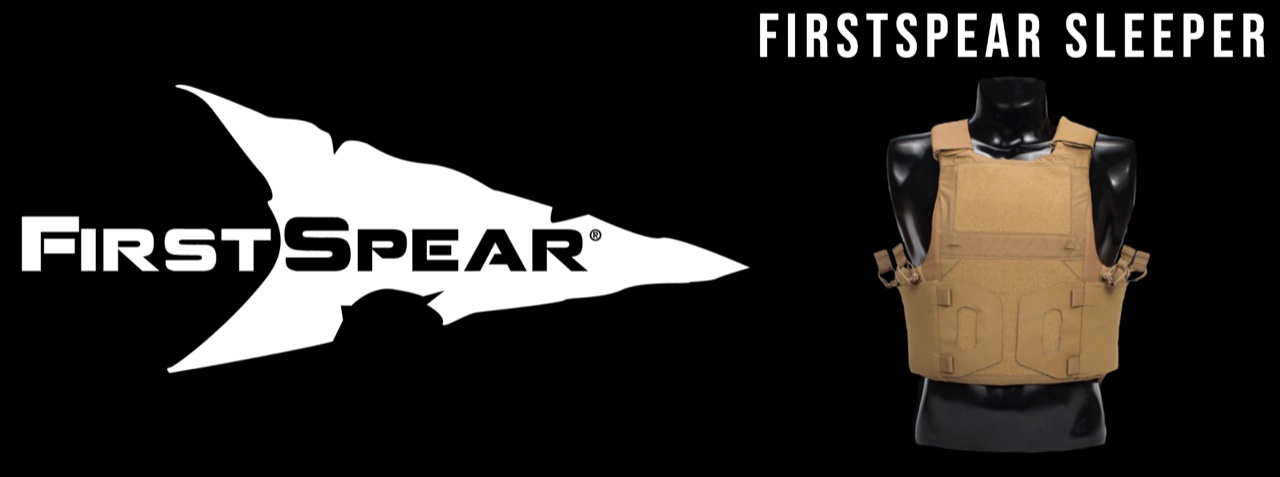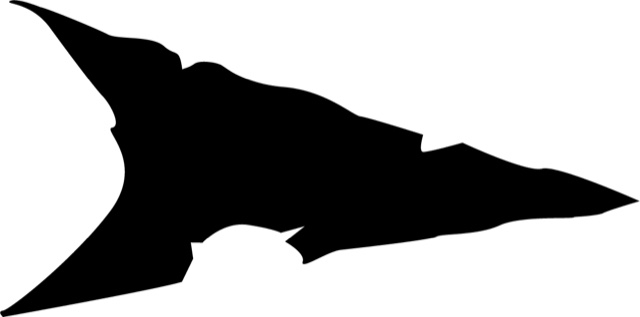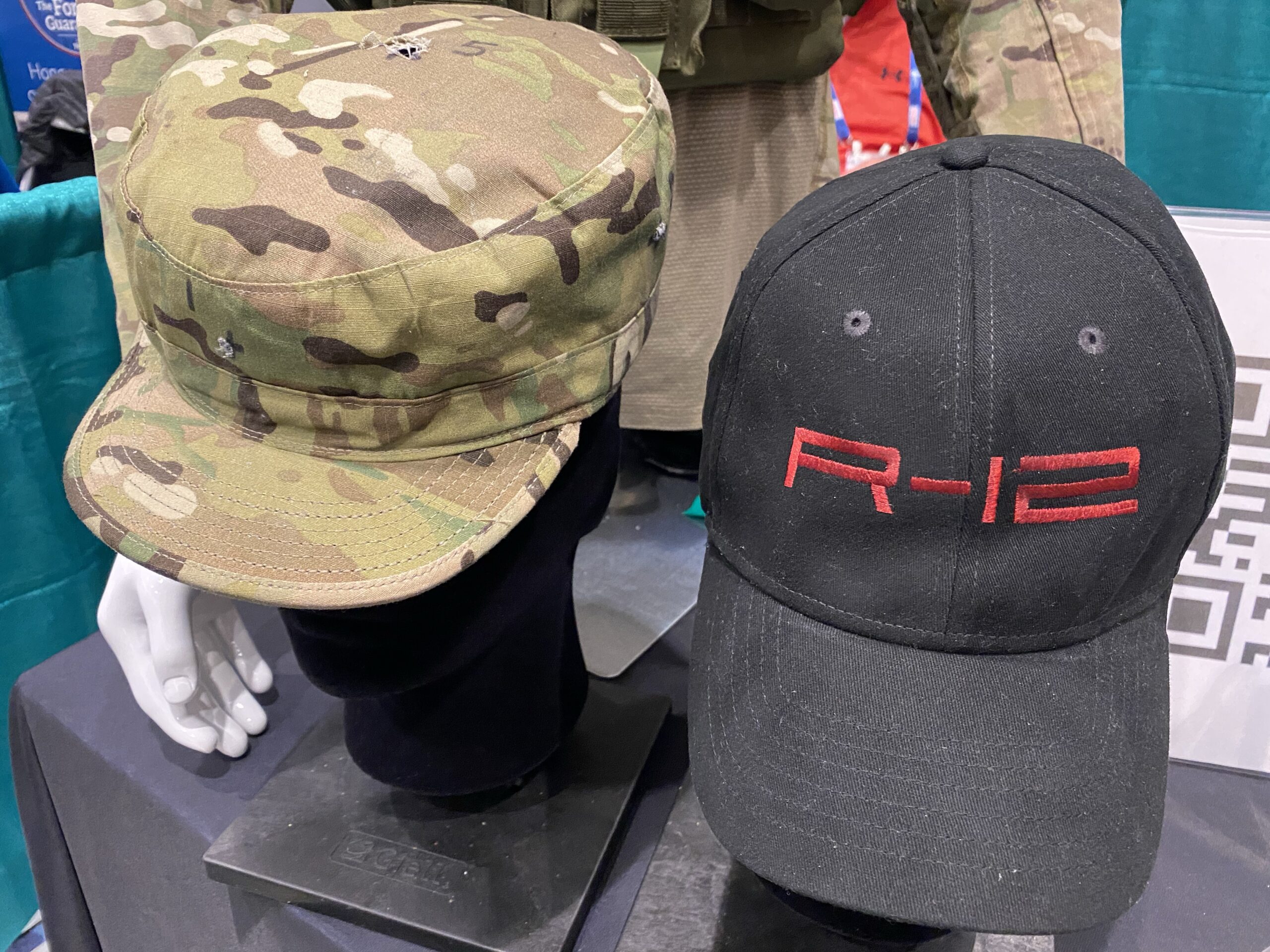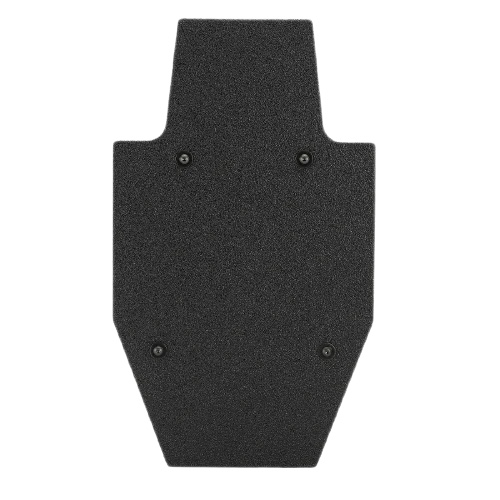GASTONIA, N.C. – November 21, 2022 – Premier Body Armor is proud to announce the next addition in their concealable product line, the Discreet Plate Carrier. Combined with two of PBA’s ultra-light Stratis plates, the DPC provides rifle-rated protection in a uniquely discreet way.
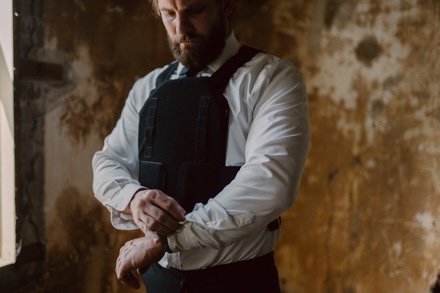
“Designing a plate carrier that is discreet enough to conceal rifle rated plates, yet robust enough to last, is no easy feat”, said Alex Stewart, President of Premier Body Armor. “But, after several months of R&D, I think we have a carrier that makes the cut and comes packed with capability. The Premier Body Armor Discreet Plate Carrier is extremely light weight, thin, and feature-rich. Six AR mag/medical gear/comms pouches line the elastic cummerbunds and full-field loop velcro covers the front and rear plate pockets. Vertical webbing on the front pockets allows for compatibility with our new MAAP pouch and other standard G-Hook based pouches on the market. I’m confident this carrier will become the rig of choice for discerning protection professionals across the globe.”
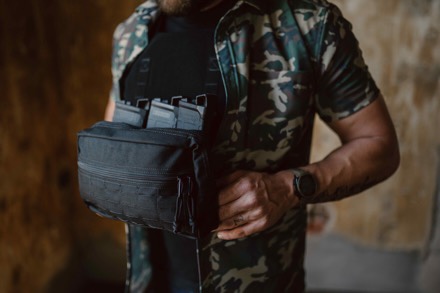
The SAPI plate shape accommodates all 10×12 plates including SAPI, Shooter, and Swimmer’s cuts. Vertical, load-bearing MOLLE webbing offers flexibility for accessories, including the DPC’s line of accessories like the MAAP pouch (MSRP $100). The fully adjustable cummerbund includes pouches for full-size magazines, comms devices, or medical equipment. Virtually invisible under a button-down or jacket, this plate carrier is both versatile and concealable. The new Discreet Plate Carrier has an MSRP of just $180.
With an inner mesh liner for breathability and diagonally articulating shoulder position, The carrier is built not just for functionality, but comfort as well. The durable elastic cummerbund makes the carrier fully adjustable, and comes in a one-size-fits-most size. Add Premier’s rifle-rated plates in the front and back pockets and rest assured you’ll have concealable protection for any mission that comes your way.
Learn more about Premier Body Armor and their complete line of armor at premierbodyarmor.com.





